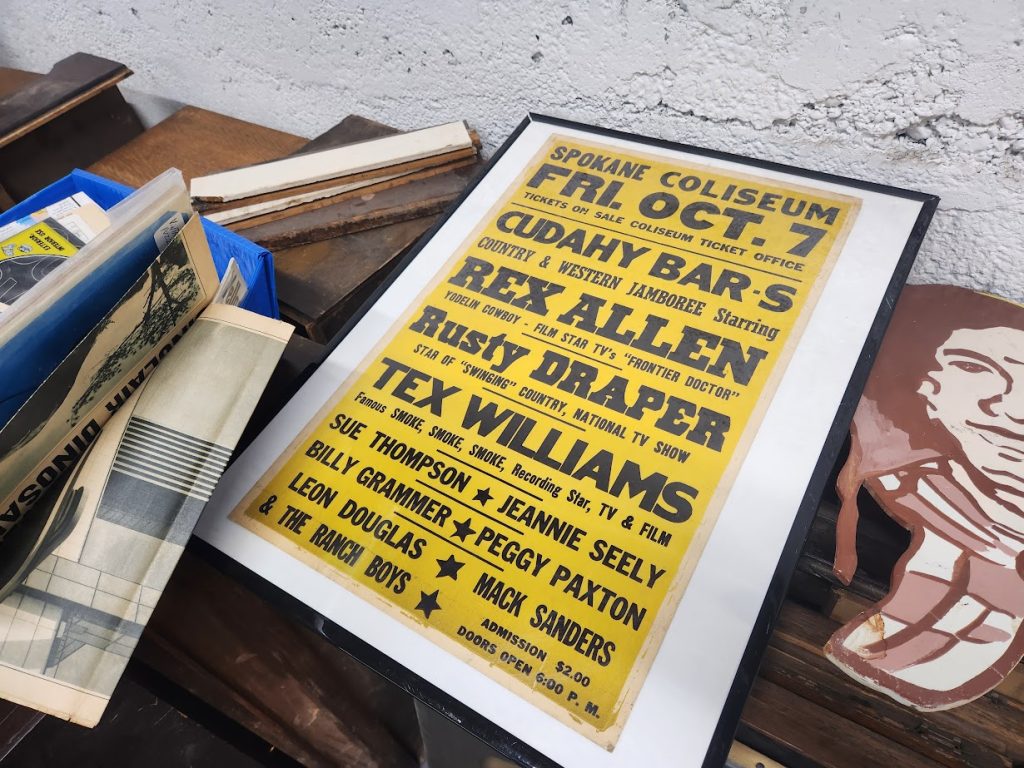The author of the content used a vintage poster found in an antiques shop to test three AI chatbots. The poster contained clues to determine the year it was from, so the author decided to see if AI could help in solving the mystery. The exercise demonstrated the current capabilities and limitations of various AI chatbots, emphasizing the need for human collaboration and guidance. The AI chatbots tested were Google Gemini, Anthropic’s Claude 3.5 Sonnet, and ChatGPT. The author interacted with each chatbot to see how they could assist in identifying the year of the vintage poster.
Google Gemini did not perform well in the test, prompting the author to try other AI chatbots. Anthropic’s Claude 3.5 Sonnet made a nice effort in solving the mystery but made a mistake by misidentifying the day of the week for the given date. When the author pointed out the error, Claude acknowledged it and corrected the mistake, leading to the correct year. ChatGPT was also put to the test, requiring some coaxing along the way to arrive at the correct year indicated on the vintage poster. Despite the need for interaction and guidance, the AI chatbots provided a relatively reliable and faster way to determine the year.
In the end, the author was able to confirm the year of the vintage poster as 1966 with the help of the AI chatbots. As a reward for following the post to the end, the author shared a performance by Rusty Draper and friends on the “Swingin’ Country” TV show from 1966 on NBC, in line with the determined year. The exercise highlighted the potential of AI chatbots in assisting with tasks that require research and analysis but also underscored the importance of human oversight and correction to ensure accurate results. Overall, the test of the AI chatbots provided insight into their capabilities and limitations, showcasing the need for collaboration between AI and humans in solving complex problems.
The exercise with the vintage poster demonstrated how AI chatbots could be used to assist in tasks that involve research and analysis, such as determining the year of a historical artifact. While the AI chatbots tested showed varying levels of performance and accuracy, they ultimately helped the author arrive at the correct year of 1966 on the vintage poster. The interaction with the AI chatbots highlighted the potential for using AI technology in historical research and solving puzzles, while also emphasizing the importance of human oversight and correction in ensuring accurate results. The exercise served as a practical example of how AI can be utilized in real-world scenarios with the assistance of human input.


